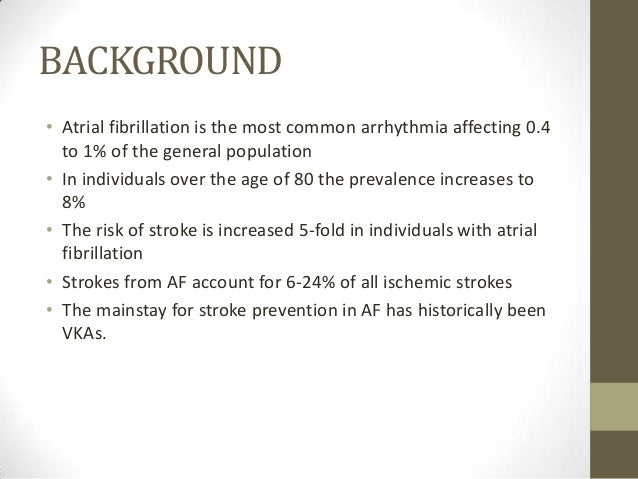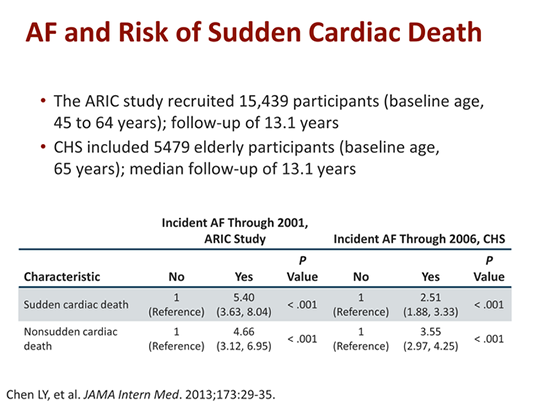
Even after adjusting for lower dose, levels were lower (possibly due to younger age and lower use of concomitant amiodarone). The trough edoxaban concentration and anti-factor Xa activity were 20–25% lower for Asians compared with non-Asians, particularly when the lower dose was used.


Subanalysis among Asian patients (n = 2,909): Asians on average weighed about 20 kg (44 lbs) less than non-Asians, and had a higher prevalence of chronic kidney disease requiring dose adjustments. The efficacy and safety profiles of edoxaban relative to warfarin were similar across BMI groups. Interaction with body mass index (BMI): In an adjusted analysis, higher BMI (continuous, per 5 kg/m 2 increase) was significantly and independently associated with lower risks of stroke/systemic embolic event (hazard ratio 0.88, p = 0.0001), ischemic stroke/systemic embolic event (HR 0.87, p 18.5 kg/m 2 regardless of whether a dose adjustment in edoxaban was performed, while time in therapeutic range for warfarin improved significantly as BMI increased (p < 0.0001). Major bleeding was also similar (5.43% vs. The primary endpoint of stroke/systemic embolic event was similar between the high-dose edoxaban and warfarin arms (2.81% vs. These patients had a higher risk of bone fractures, major and life-threatening bleeding, and all-cause death ischemic events including stroke/systemic embolic events were similar. Bleeding was lower with edoxaban for all levels of CrCl.Įfficacy in patients at high risk for falls (n = 900, 4.3%): These patients were older, and had a higher prevalence of comorbidities including prior stroke/transient ischemic attack, diabetes, and coronary artery disease. 1.18%, hazard ratio 0.79, 95% confidence interval 0.63-0.99, p for noninferiority 95 ml/min (HR for edoxaban vs. Noninferiority was demonstrated for the primary endpoint of stroke or systemic embolic event in the modified intent-to-treat population between warfarin and high-dose edoxaban arms (annualized rate 1.5% vs. Target therapeutic range was 68.4% in the warfarin arm. AF was paroxysmal in 25% of patients, and permanent in 51%. Nearly 28% had a history of prior cardiovascular disease. The mean CHADS 2 score was 2.8, with the majority having a score of ≤3 (77%). Baseline characteristics were fairly similar between the three arms. Concomitant Medications:Īspirin (29%), amiodarone (12%), and digoxin (30%)Ī total of 21,105 patients were randomized, 7,035 to high-dose edoxaban, 7,034 to low-dose edoxaban, and 7,036 to warfarin.

The edoxaban dose was halved for patients with glomerular filtration rate (GFR) between 30 and 50 ml/min, weight <60 kg, or concomitant use of verapamil, dronedarone, or quinidine. Patients were randomized in a 1:1:1 fashion to receive either edoxaban 60 mg daily (high-dose), 30 mg daily (low-dose), or warfarin to achieve an international normalized ratio (INR) of 2.0-3.0.

Duration of follow-up: 2.8 years (median).AF on electrocardiogram within 12 months.


 0 kommentar(er)
0 kommentar(er)
